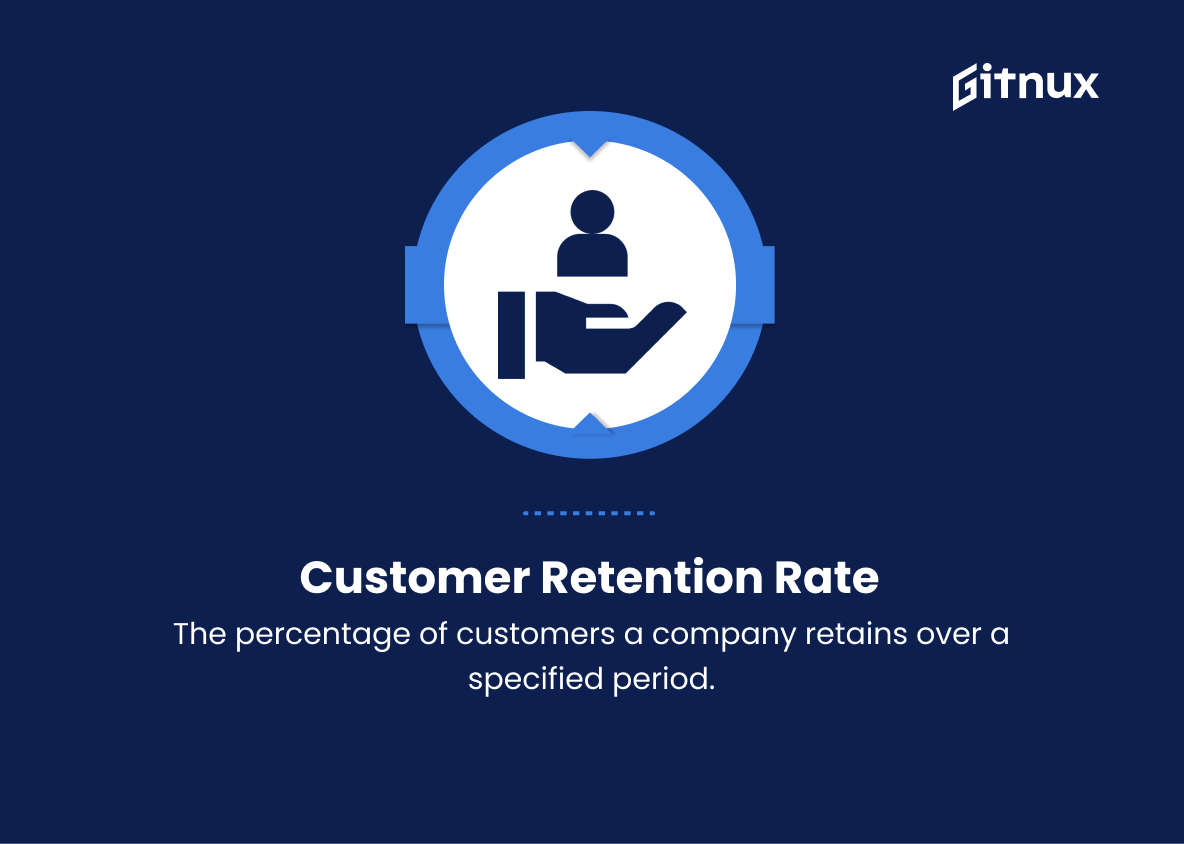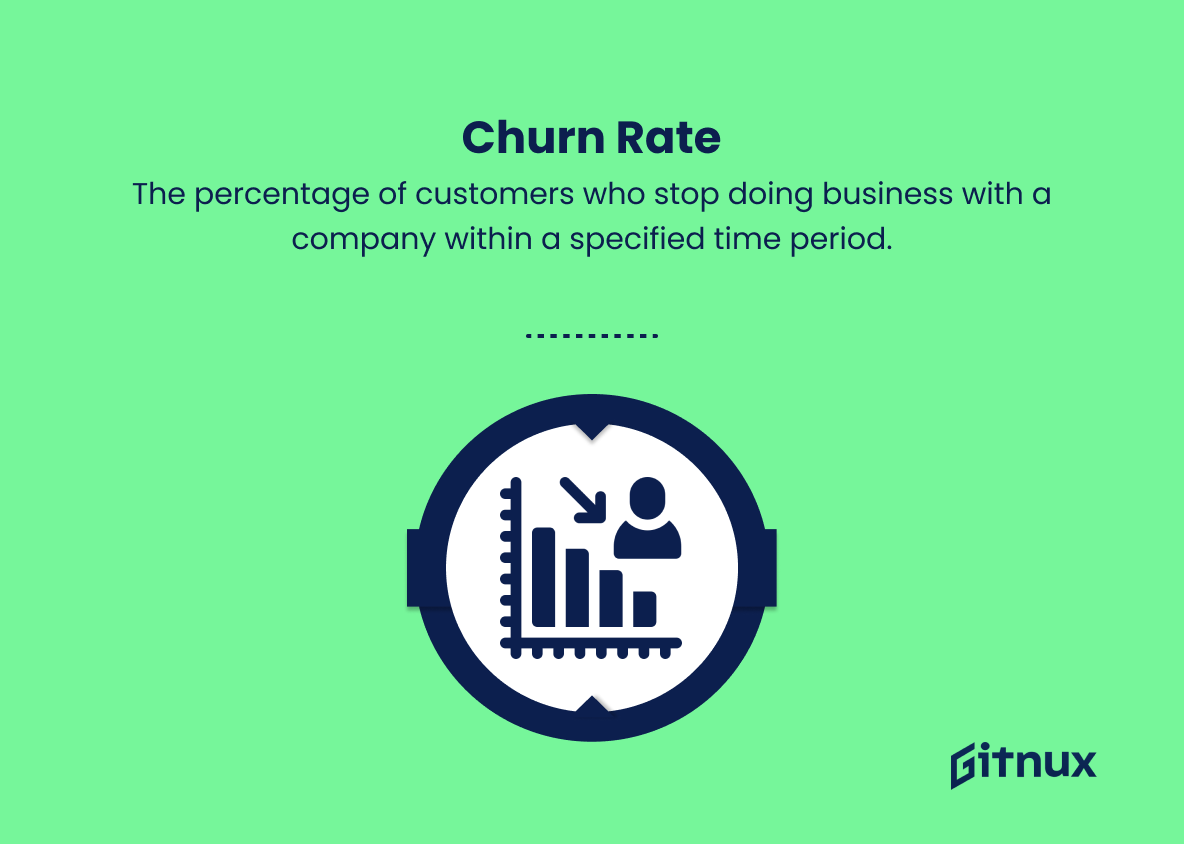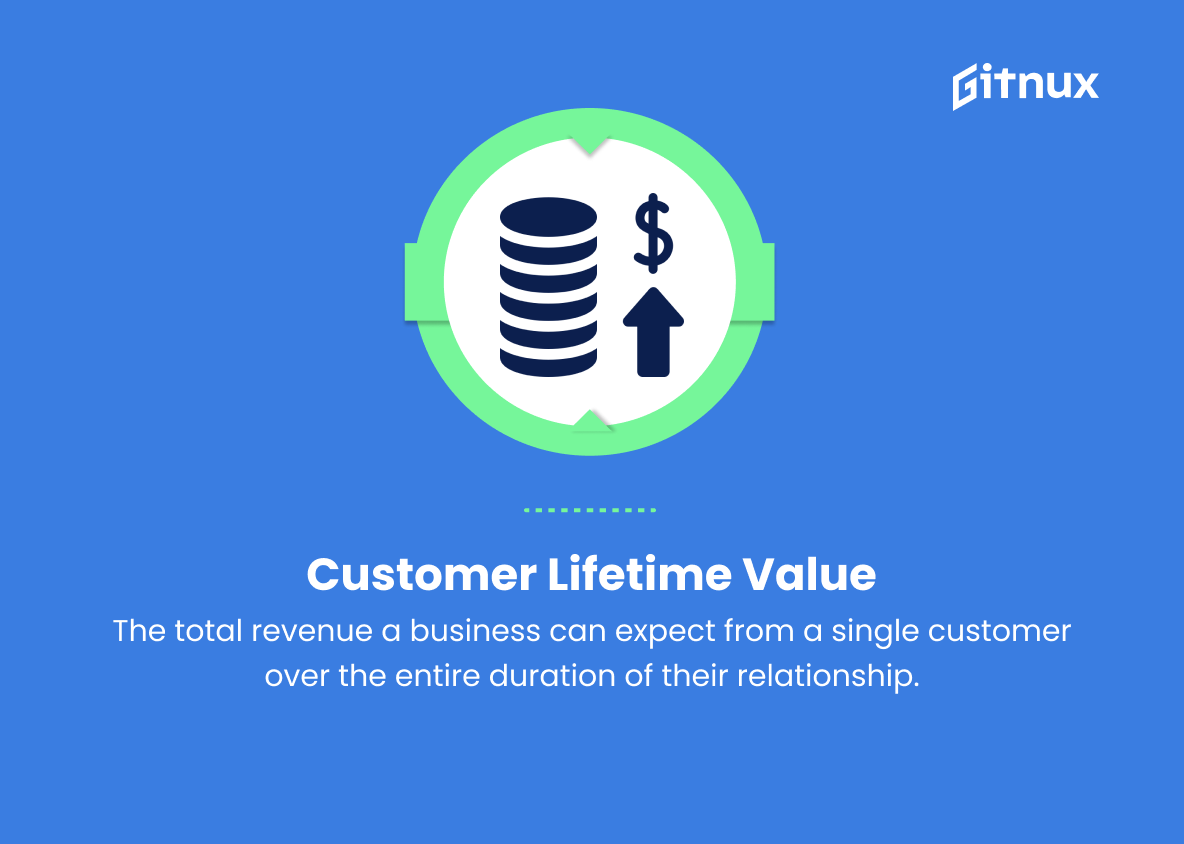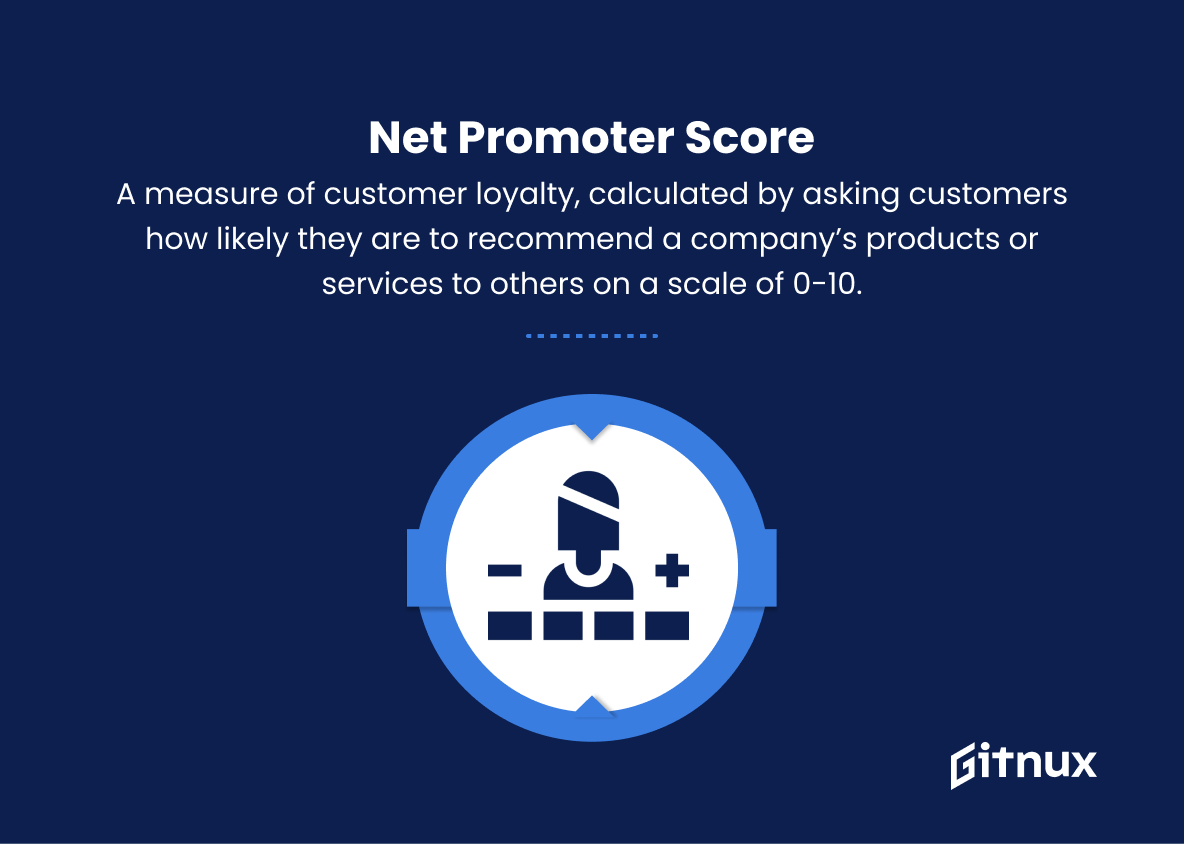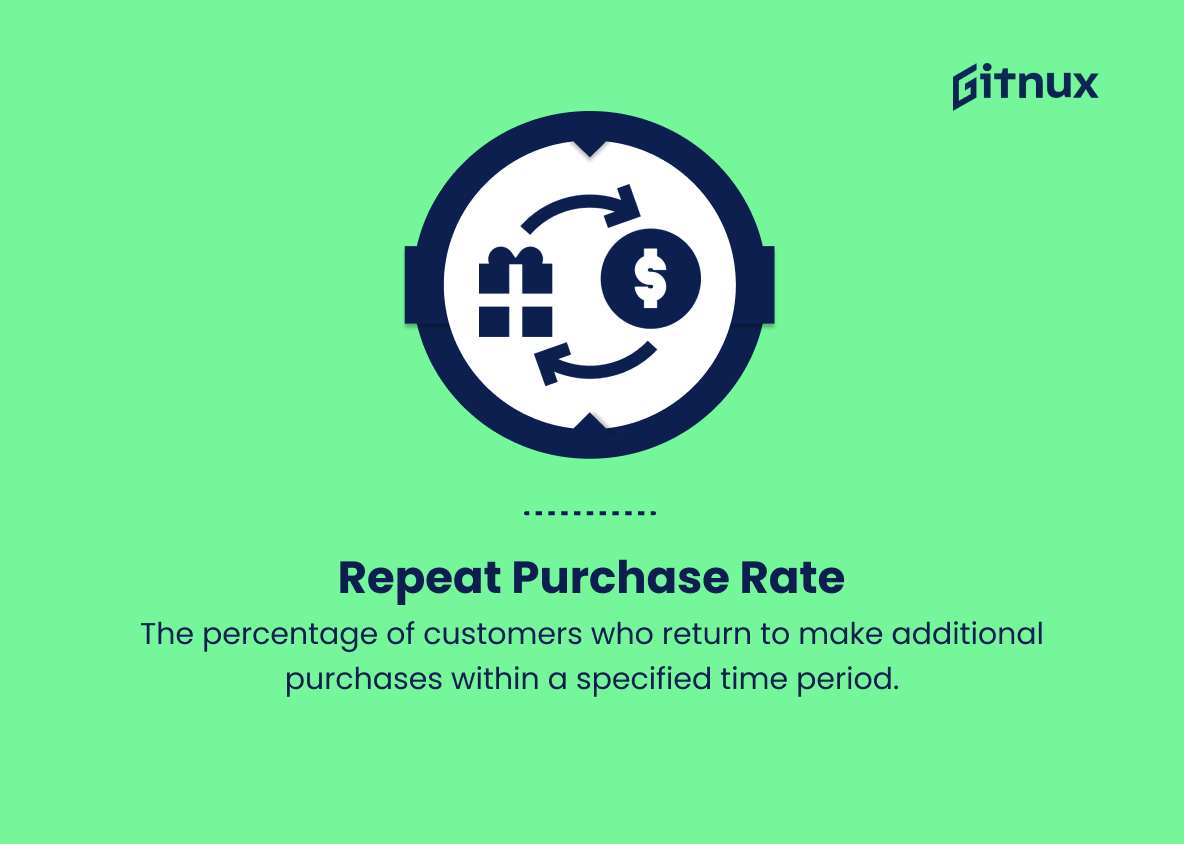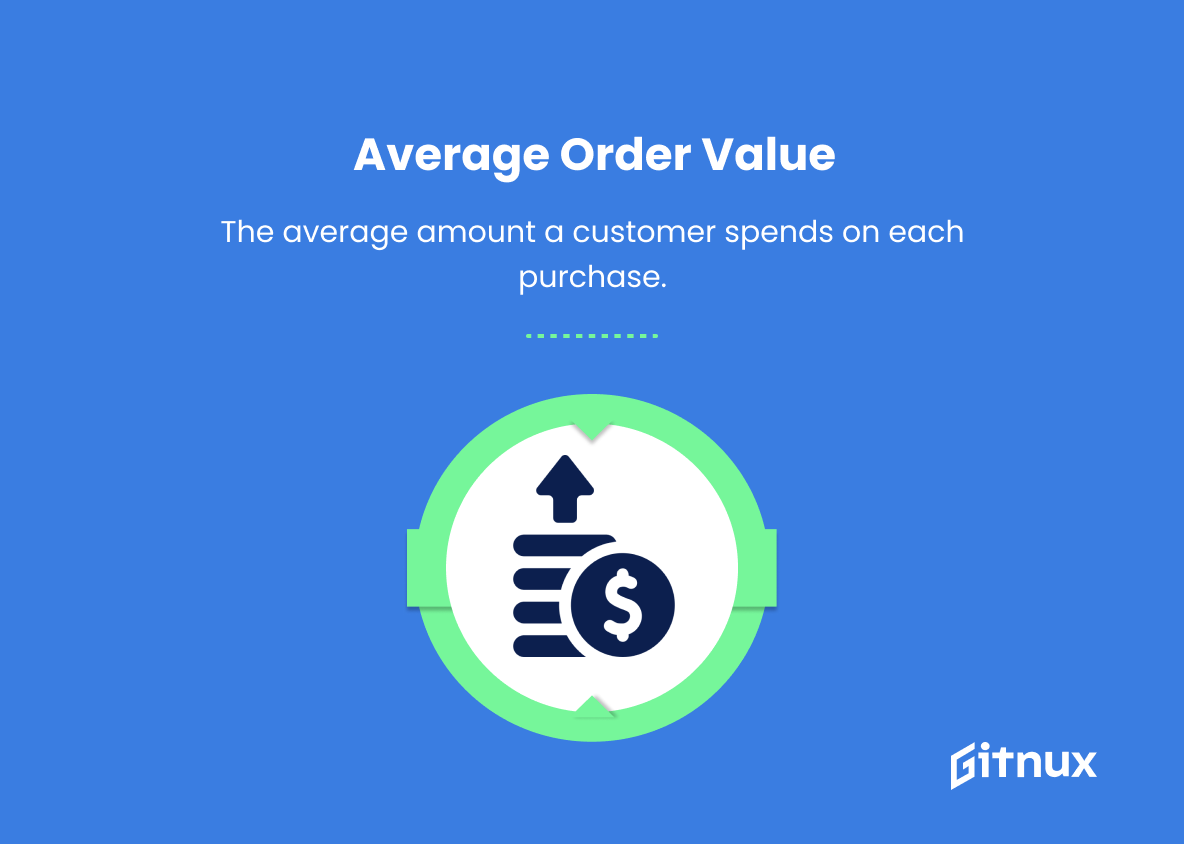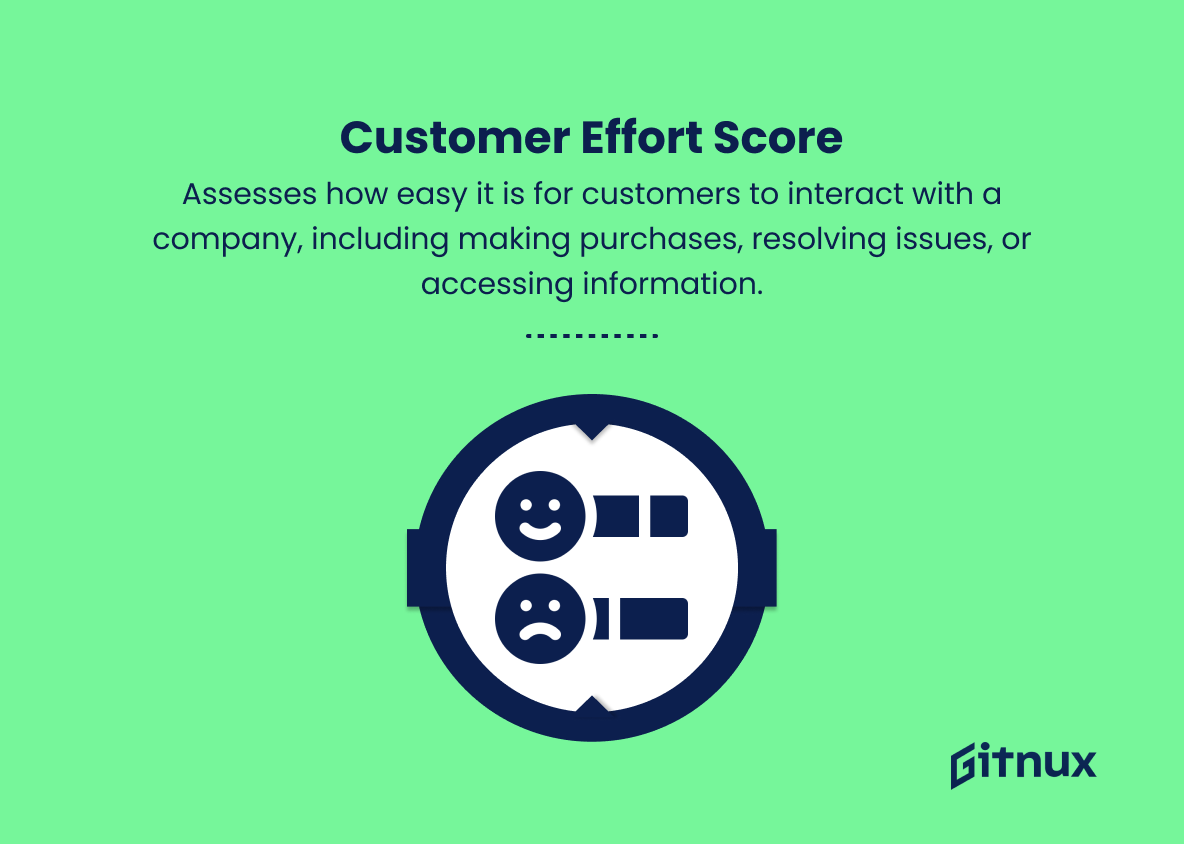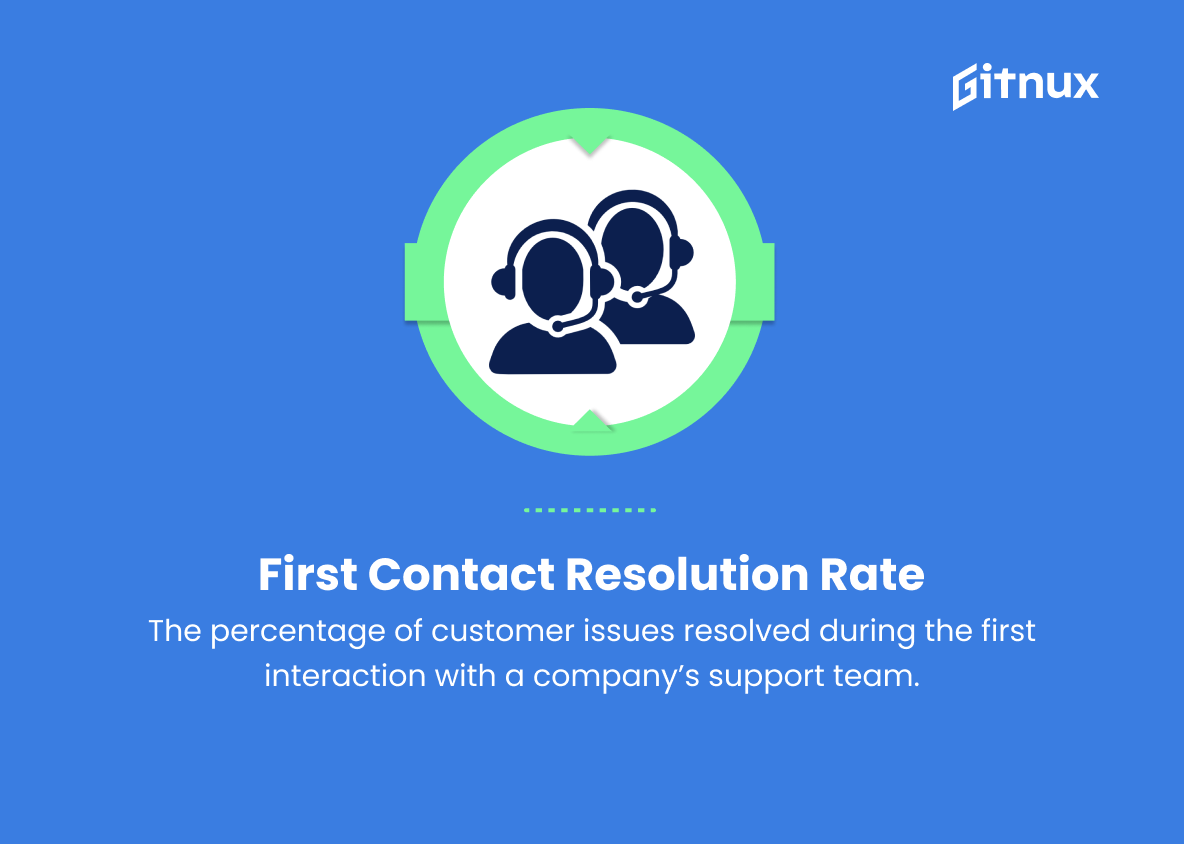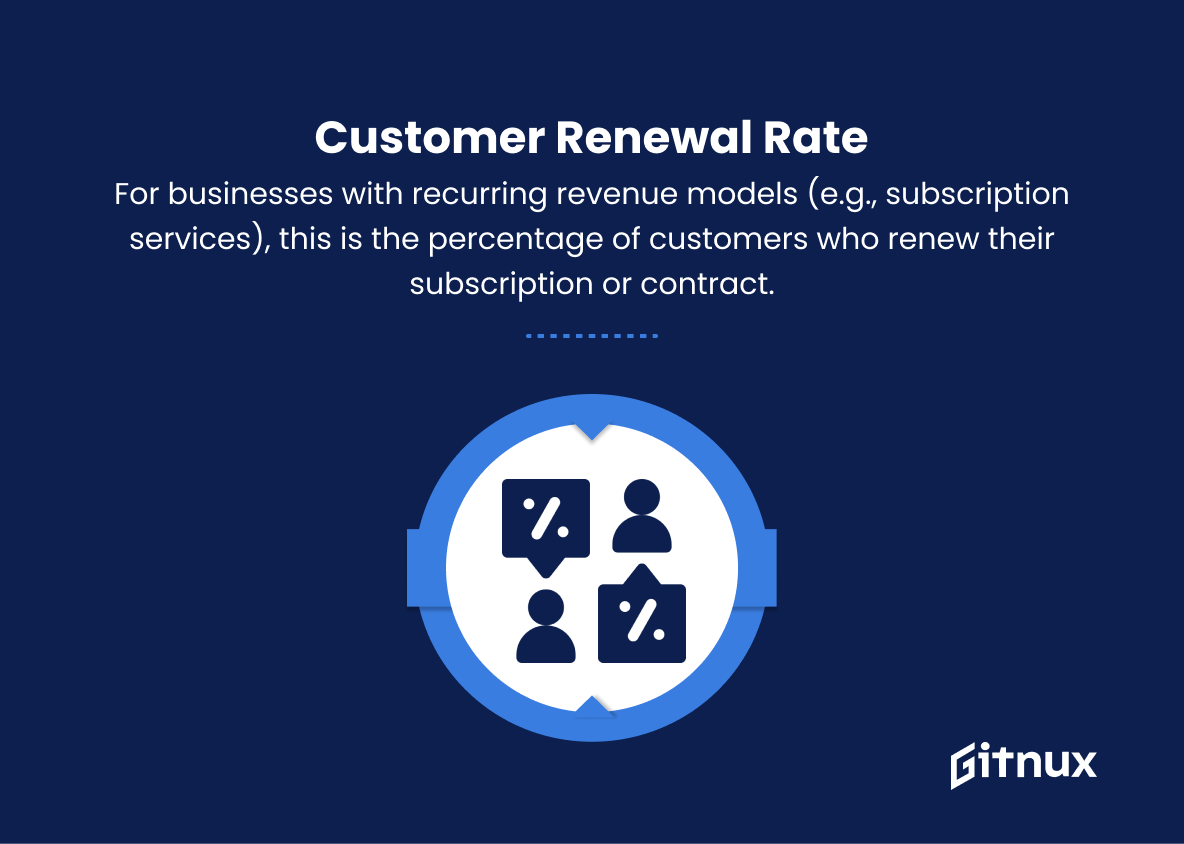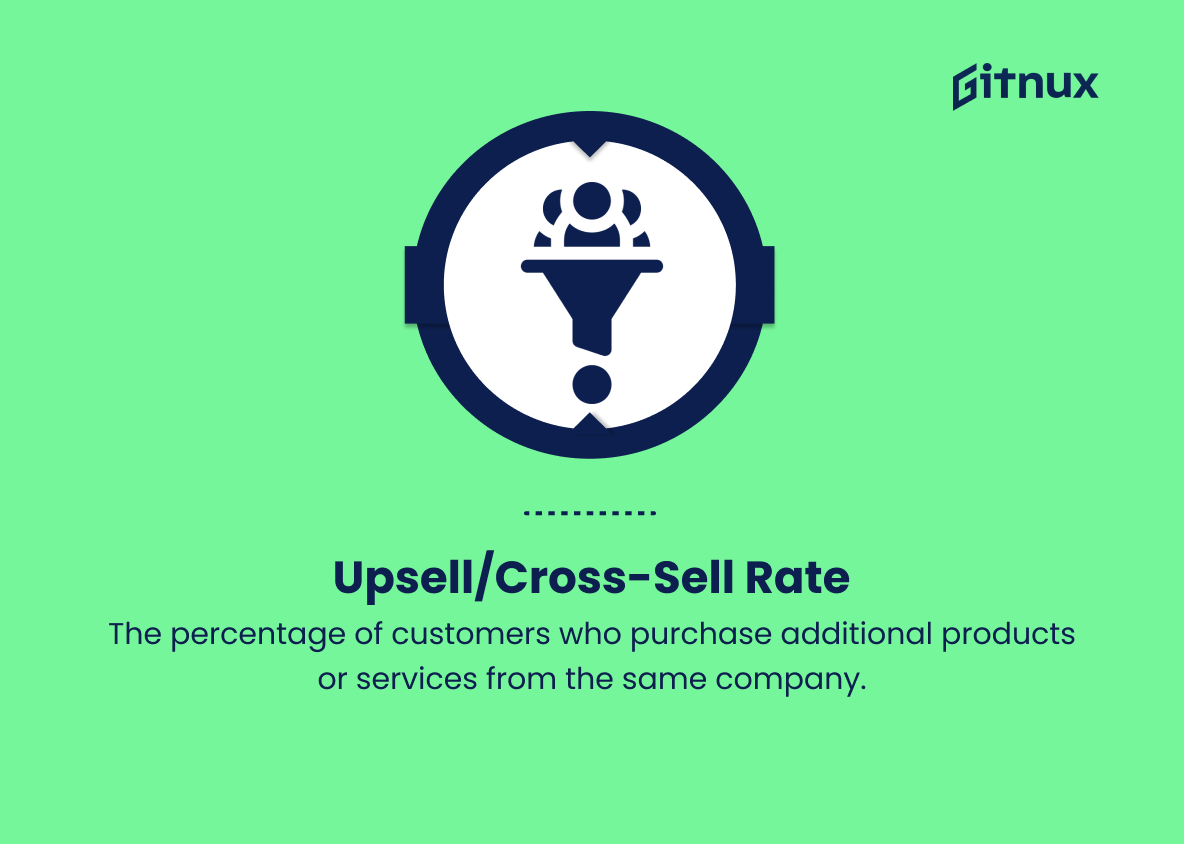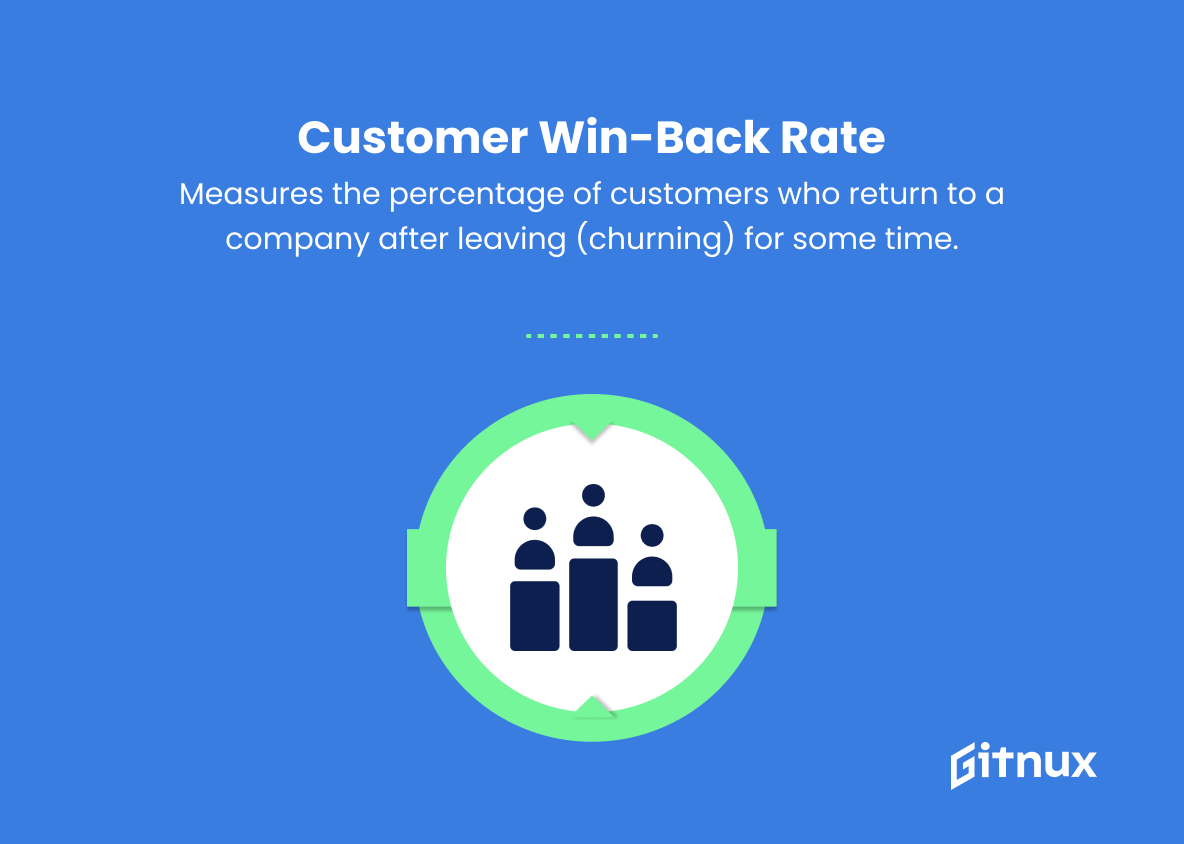In today’s competitive business environment, the ability to retain customers and foster long-term relationships is critical to sustained growth and success. As customer acquisition costs continue to rise, companies must focus on nurturing existing customers to maximize profitability and minimize churn. To do this effectively, companies must track and use key performance indicators (KPIs) designed specifically for customer retention.
These metrics not only provide valuable insight into the effectiveness of your retention strategies, but also enable data-driven decisions to improve the overall customer experience. In this blog post, we will explore the critical retention KPIs that every organization should monitor on a regular basis, and provide a comprehensive understanding of their importance and role in maintaining strong customer relationships.
Customer Retention KPIs You Should Know
1. Customer Retention Rate (CRR)
The percentage of customers a company retains over a specified period. It measures a business’s ability to maintain long-term relationships with its customers.
2. Churn Rate
The percentage of customers who stop doing business with a company within a specified time period. A high churn rate indicates customer dissatisfaction or strong competition.
3. Customer Lifetime Value (CLV)
The total revenue a business can expect from a single customer over the entire duration of their relationship. CLV helps businesses determine the value of retaining customers and allocating resources toward customer satisfaction.
In today’s highly competitive business landscape, the ability to retain customers and foster long-term relationships with them is essential to sustainable growth and success.4. Net Promoter Score (NPS)
A measure of customer loyalty, calculated by asking customers how likely they are to recommend a company’s products or services to others on a scale of 0-10. A higher NPS indicates a more loyal customer base.
5. Repeat Purchase Rate (RPR)
The percentage of customers who return to make additional purchases within a specified time period. A higher RPR suggests better customer satisfaction and loyalty.
6. Average Order Value (AOV)
The average amount a customer spends on each purchase. Increasing AOV can be an effective strategy for boosting customer retention, as it often reflects customer satisfaction.
7. Customer Satisfaction Score (CSAT)
A measure of customer satisfaction, typically gathered through post-transaction surveys. A higher CSAT indicates a more satisfied and likely to be retained customer base.
8. Customer Effort Score (CES)
Assesses how easy it is for customers to interact with a company, including making purchases, resolving issues, or accessing information. A lower CES indicates that the company is easy to work with and can contribute to customer retention.
Customer Retention KPIs are crucial for businesses to understand their ability to maintain long-term relationships and ensure customer loyalty.9. First Contact Resolution Rate (FCR)
The percentage of customer issues resolved during the first interaction with a company’s support team. A high FCR demonstrates the effectiveness of a business’s customer service, which can positively impact retention.
10. Customer Renewal Rate
For businesses with recurring revenue models (e.g., subscription services), this is the percentage of customers who renew their subscription or contract. A higher renewal rate implies strong customer satisfaction and retention.
11. Upsell/Cross-sell Rate
The percentage of customers who purchase additional products or services from the same company. Successful upselling and cross-selling can lead to increased customer retention by deepening customer engagement and satisfaction.
12. Customer Win-back Rate
Measures the percentage of customers who return to a company after leaving (churning) for some time. A successful win-back strategy demonstrates the ability to retain and re-engage lost customers.
Customer Retention KPIs Explained
Customer Retention KPIs are critical for companies to understand their ability to maintain long-term relationships and ensure customer loyalty. A high Customer Retention Rate (CRR) indicates that the company is successful in building lasting relationships, while a low churn rate indicates satisfied customers and reduced competition. Customer Lifetime Value (CLV) helps organizations determine the value of customer retention and allocate resources effectively.
Net Promoter Score (NPS) serves as a measure of customer loyalty, while Repeat Purchase Rate (RPR) and Average Order Value (AOV) reflect customer satisfaction and willingness to spend more with the company. Customer Satisfaction Score (CSAT) provides valuable insight into overall satisfaction, while Customer Effort Score (CES) measures the ease of interaction between customers and the company.
First Contact Resolution Rate (FCR) highlights the efficiency of a company’s customer service, while Customer Renewal Rate measures the success of recurring revenue models. Upsell/Cross-sell Rate shows the effectiveness of deepening customer engagement, and Customer Win-back Rate demonstrates the ability to retain and re-engage lost customers, underscoring the importance of these KPIs in evaluating and improving customer retention strategies.
Conclusion
In summary, customer retention metrics play a critical role in the growth and sustainability of any business. By monitoring and analyzing these metrics, organizations can effectively identify areas for improvement, strategize targeted efforts, and ultimately maintain a loyal and satisfied customer base. Remember that retaining existing customers is just as important, if not more important, than acquiring new ones.
By focusing on retention KPIs, your company will not only strengthen customer relationships, but also pave the way for long-term success and profitability. So keep a close eye on these metrics and make any necessary changes to keep your customers engaged and loyal to your brand.
